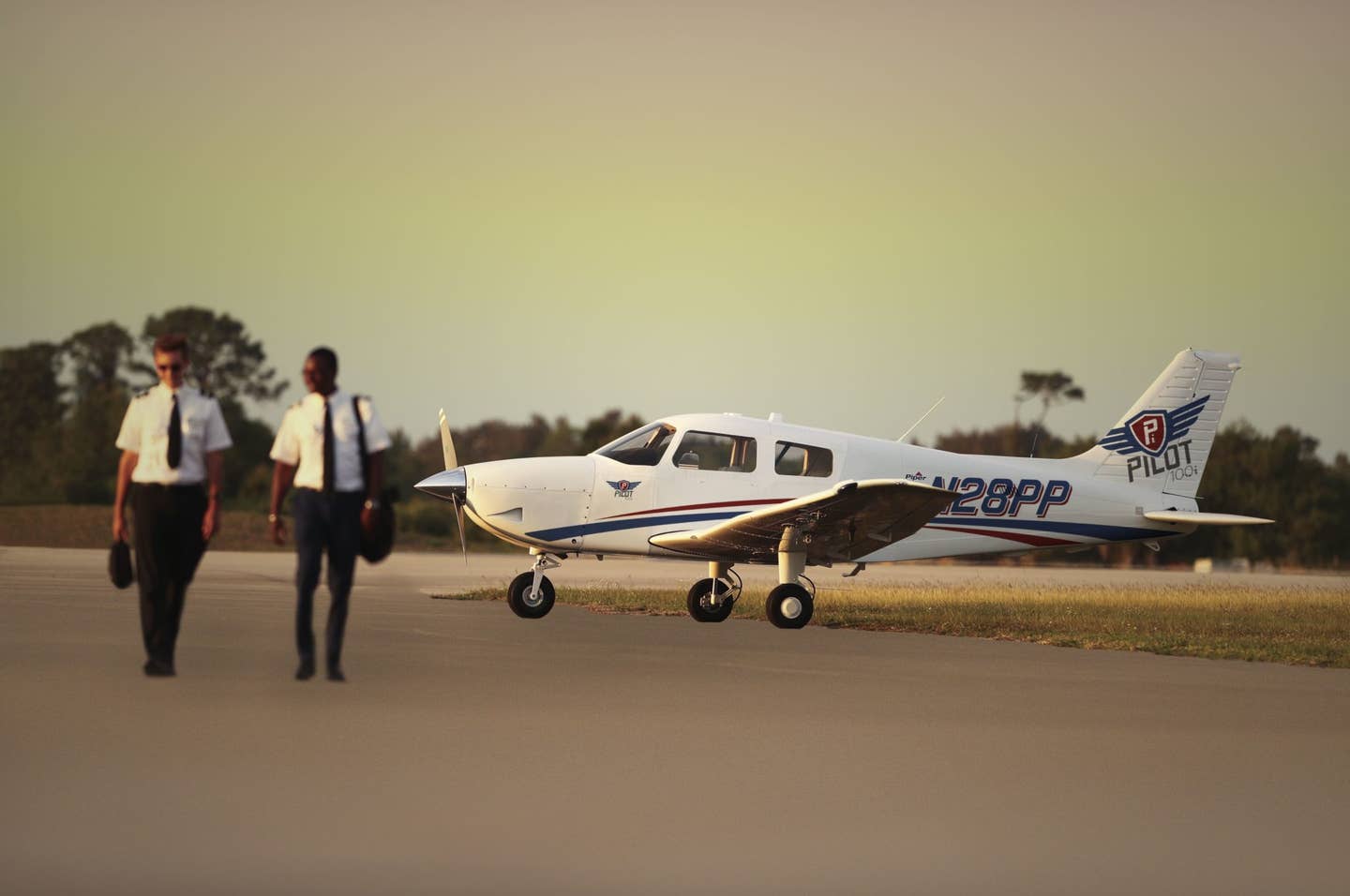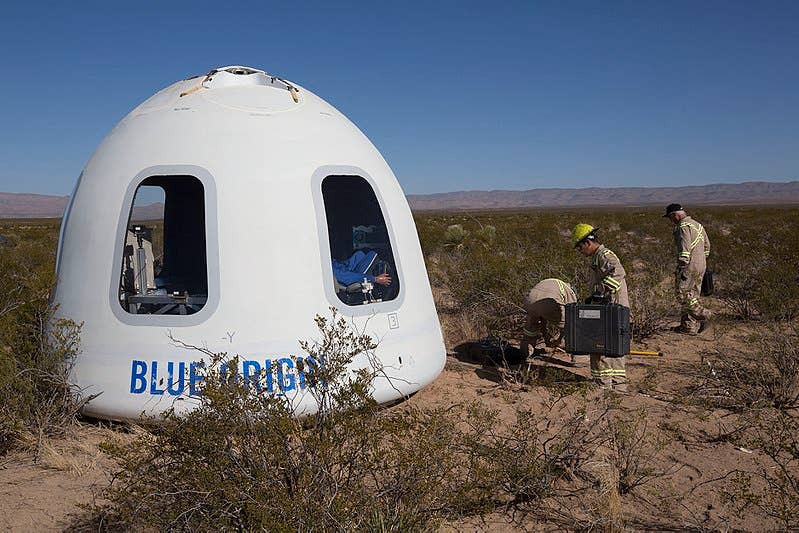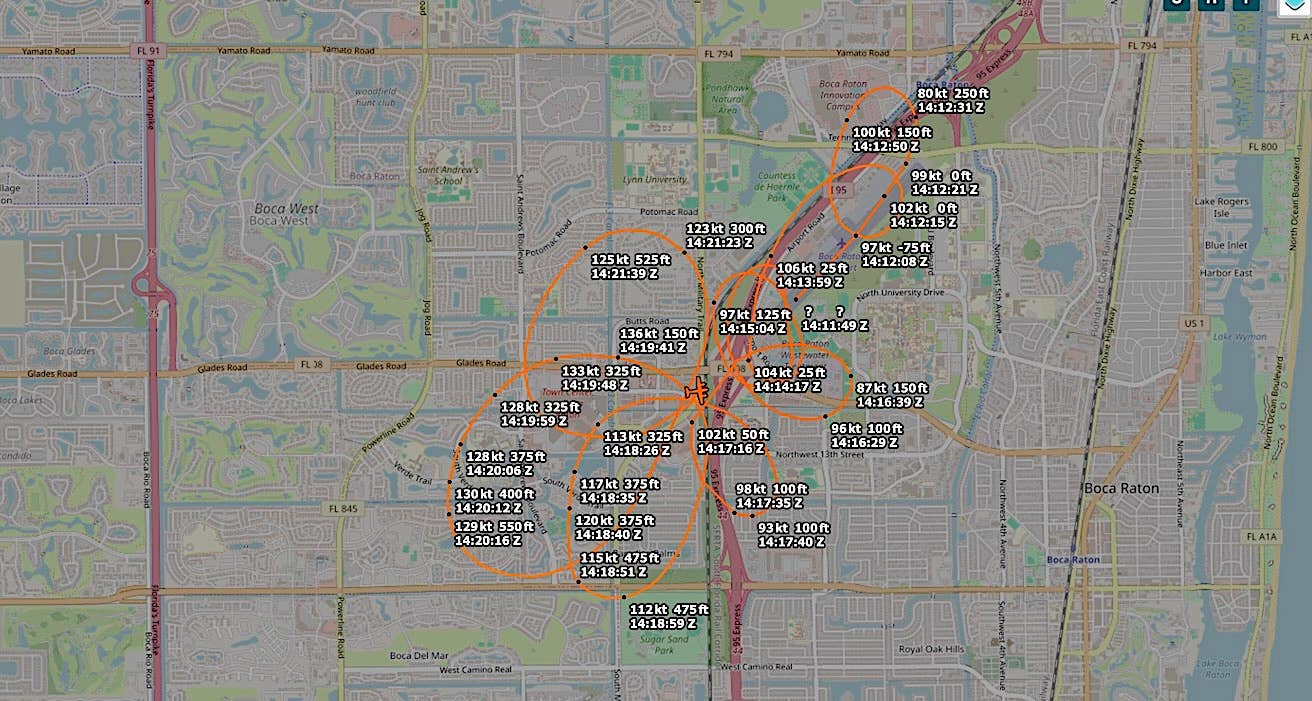Piper Pilot 100 Certified (Corrected)
The FAA formally approved the Piper Pilot 100 trainer aircraft, clearing the way for the first of eight aircraft destined for American Flyers by the end of the year. Based…

The FAA formally approved the Piper Pilot 100 trainer aircraft, clearing the way for the first of eight aircraft destined for American Flyers by the end of the year. Based on the evergreen Archer, the Pilot 100, introduced at Sun ’n Fun 2019, is intended for fleet training use. While the Pilot 100i was displayed in Florida with the Continental-built PRIME IO-370, the production aircraft uses a Lycoming IO-360-B4A making 180 HP.
“We are excited to add the Pilot 100 series to our training product line at a price point that provides optimal economics for all operators,” says Piper President and CEO Simon Caldecott. “During these uncertain times, our team has continued to remain focused and has worked diligently to bring to market an aggressively priced, proven trainer that offers the advanced systems and performance that flight schools and airline programs of all sizes desire.”
While destined for a life of “smash and goes,” the Pilot is not a totally stripped-down aircraft, at least in the 100i (for IFR) version. It comes standard with a Garmin G3X Touch EFIS, GNX 375 IFR-approved GPS with integral Mode S transponder, Garmin G5 standby instrument and GFC 500 digital autopilot. Piper says the Pilot 100 is priced “under $300,000.” An unusual feature of the Pilot is the “third seat” in place of a traditional second row, which is intended to be occupied by a second student/observer in training use. The Pilot goes without the third cabin window and the baggage door, however.
“The Piper Pilot 100i is the perfect mix of simplicity and technology. The G3X avionics suite is the only glass platform that allows for toggling between round dial and tape displays in a touchscreen format. This outperformed the G1000 suite on so many levels and was the primary reason we selected the Pilot 100i,” says American Flyers’ National Chief Pilot Steven Daun.






